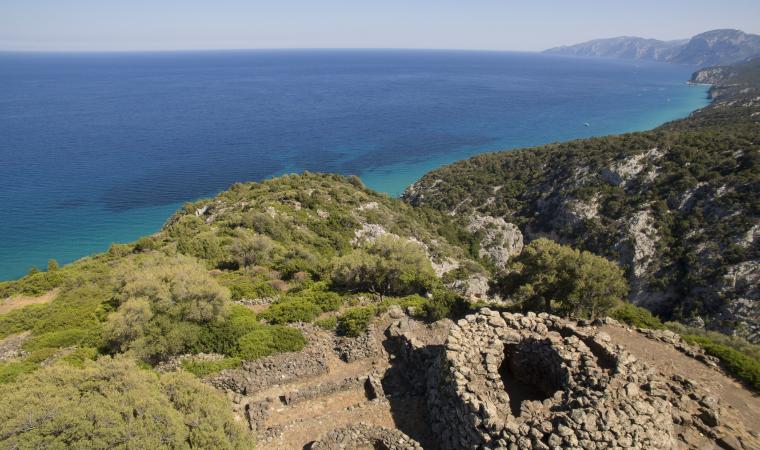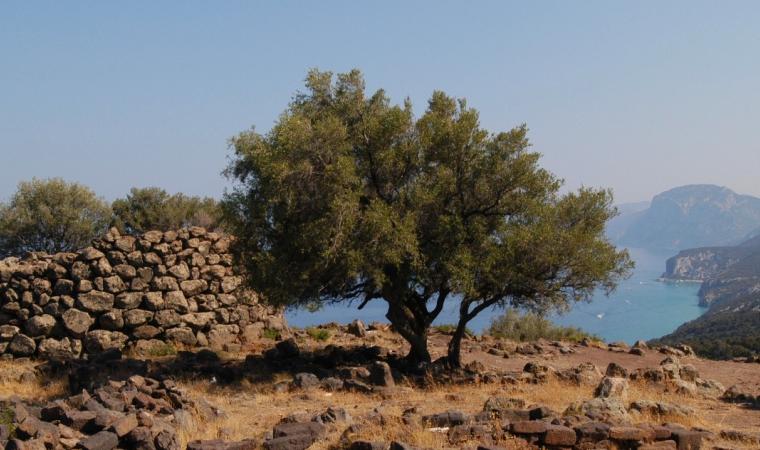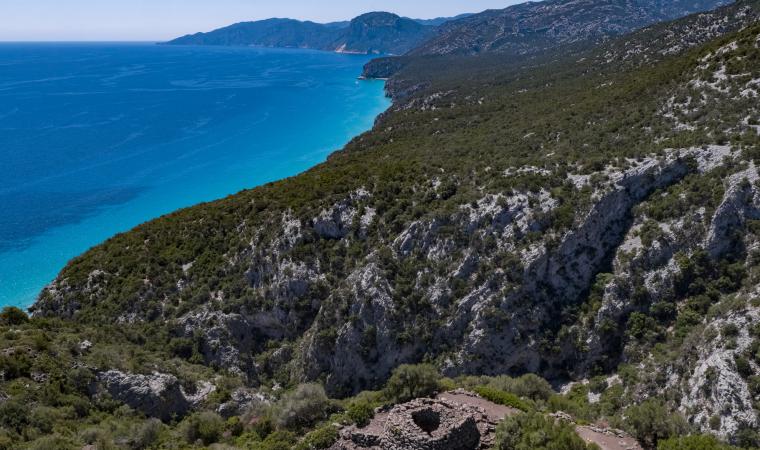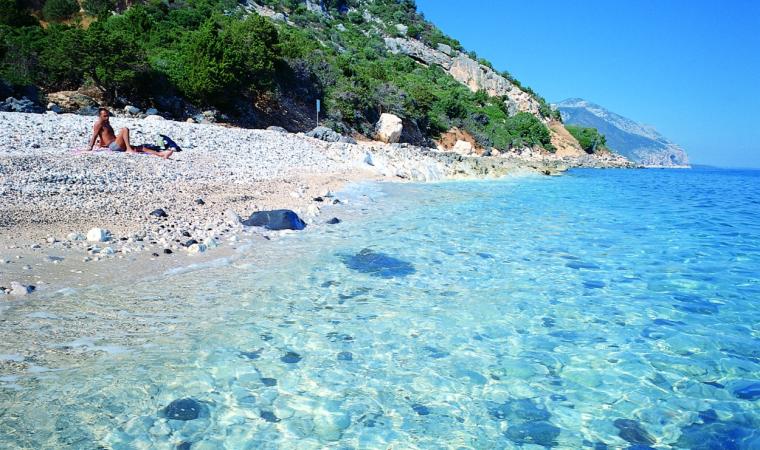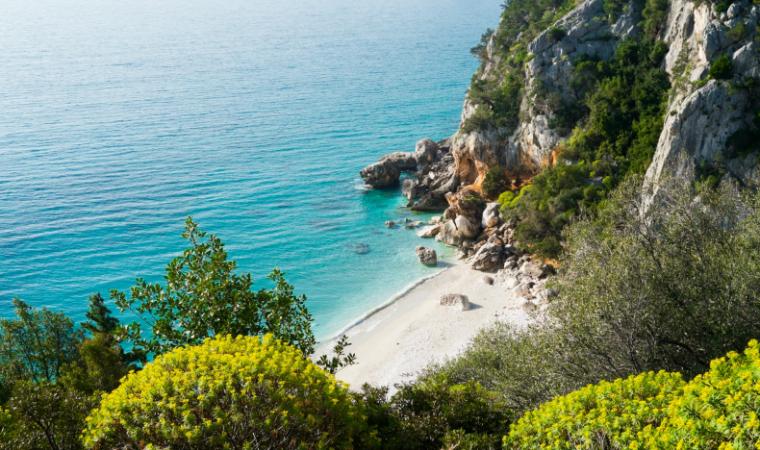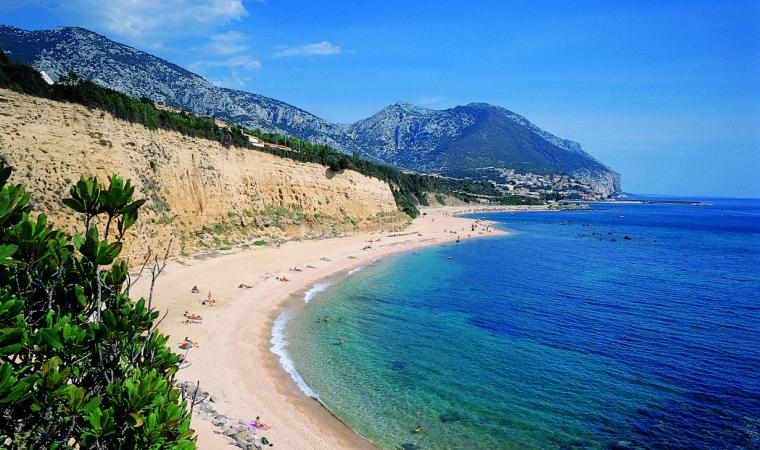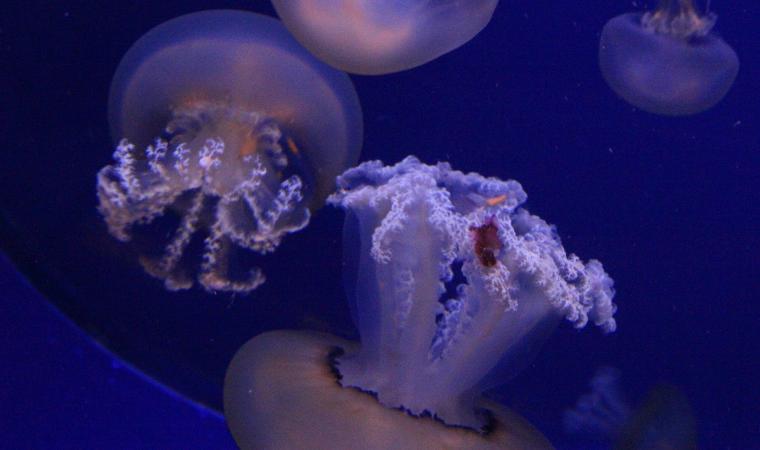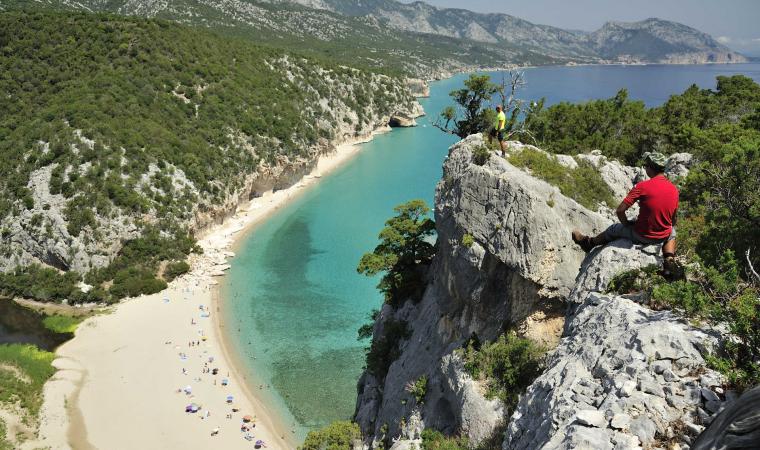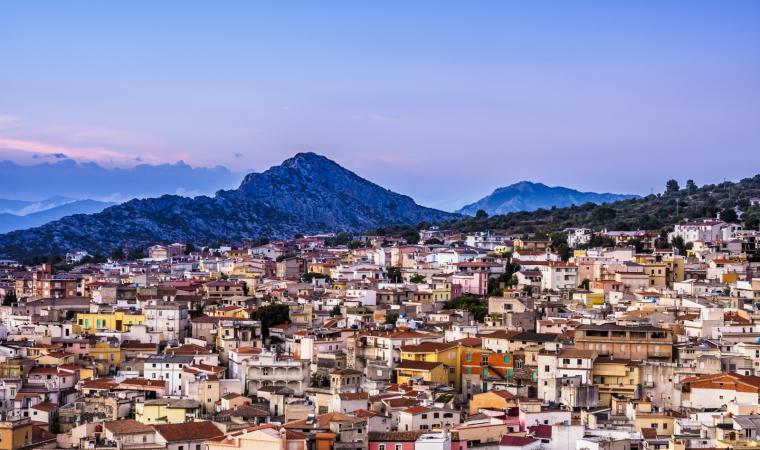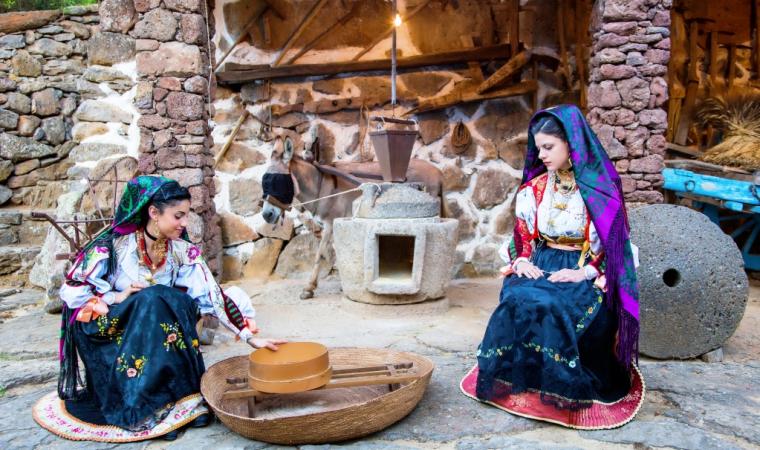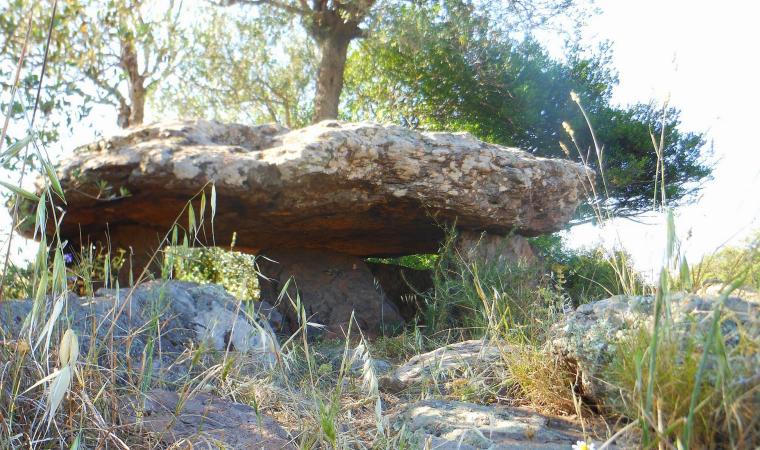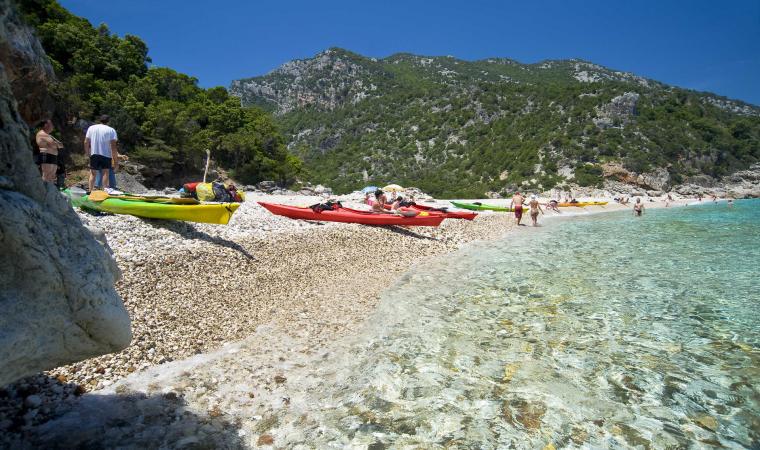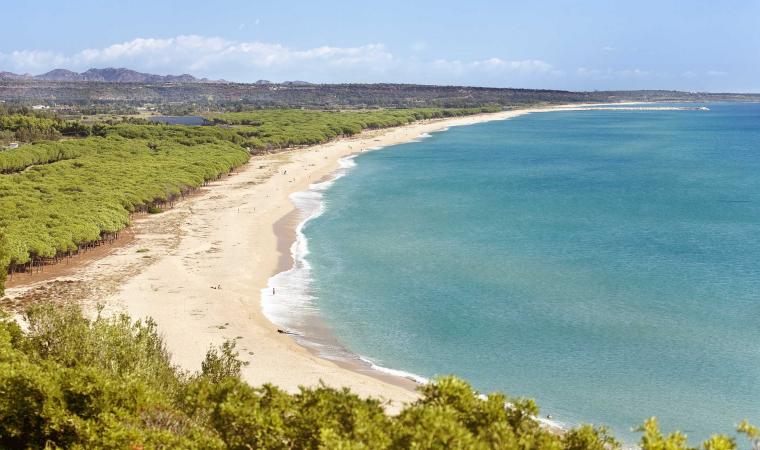The Nuragic civilization developed both inland and on the coast. The archaeological legacies of Dorgali bear witness to how considerably frequented and culturally lively the Sardinian coasts were during the Protohistoric period. The symbol is the complex of the nuraghe Mannu, perched on the top of a promontory, 200 metres above the sea, with its dizzying basalt rock face that descends to the codula of Fuili, a short distance from the Grotte del Bue Marino (Sea Oxen Grottoes) and Cala Luna. The dominant and scenic location was strategic and the view extends across the entire Gulf of Orosei. A path leads up from Cala Fuili close to the archaeological area. It may have been plotted by the Nuragic people in order to reach a nearby landing place. Arriving by car, the diversion leading to the Mannu is at the fourth kilometre along the road that leads to the village of Cala Gonone. From the junction, the nuraghe is two kilometres away and the last 800 metres need to be covered on foot.
The area of the Mannu is made up of a single-tower nuraghe in the centre of a settlement that was first Nuragic and then Roman, stretching for more than two hectares. The tholos tower (false dome) is built with irregular rows of large vulcanite boulders and basalt. It is currently almost five metres high, with a thirteen-metre diameter at the base. The architraved entrance leads into a covered flat arch corridor, which leads first to a stairwell - of which twelve steps remain - and then to a room almost entirely obstructed by a collapse. In the external walls you will notice four niches, probably guard posts, which functioned for sightings and defence of the dozens of huts around the nuraghe. The name Mannu (large) can be attributed to the extensive settlement more than to the monument. The huts near the tower are round and were built with unpolished stones; as you move away, they become rectangular. On the edge of the ravine, the village is protected by a wall that is integrated into the rock. About a hundred metres from the complex lies another settlement, one of the largest of Nuragic Sardinia, su Nuragheddu, with more than 200 huts of various shapes and sizes, not yet excavated.
In the end stages of the Nuragic age, the area was frequented by Phoenicians, Punic people and then by cives of ancient Rome during the Republican and Imperial age. The coexistence of different cultures is evident: the Mannu is the ideal context for studying the final evolution of the Nuragic civilisation and the Romanisation of Barbagia. Roman buildings were constructed over the Nuragic huts, both those for civil use and also warehouses with silos, millstones and storage jars. Each building is made up of two communicating rooms. The walls were built from reused or semi-finished ashlars and the roofs were made of roof tiles and curved tiles supported by a wooden truss.
Antonio Taramelli (1927) was the first person to explore the area. From 1994 to date, a remarkable quantity of ceramic and stone fragments for everyday use have emerged from a long series of excavations - pots, pans, cups, whorls, loom weights, pestles and millstones -, ranging from the Middle Bronze Age to the Iron Age (16th-9th century BC). A stele was also found, implying that there was a Tomb of Giants nearby. Fragments of bricks and ceramics provide proof of the Roman era, while urns from the Late Roman Empire, African terra sigillata with Christian symbols and 4th-6th-century roof tiles are evidence of the site’s Late Antiquity and Byzantine phase: continuity that confirms its strategic placement along the coastal trade routes. A selection of artefacts, from the Protohistoric period to the Early Middle Ages, is on display at the Archaeological Museum of Dorgali.
Mannu and Nuragheddu are two of the countless prehistoric sites in the Dorgali territory. La necropolis of Conca ‘e Janas is one of the most ancient legacies, while other domus de Janas are Pirischè and Isportana. Slightly more recent is the dolmen of Motorra, one of the best-known on the Island. The complex nuraghi that stand out are Purgatoriu and Oveni, located 500 metres from the sanctuary-village, and Serra Orrios, which has one hundred huts, a meeting room, and two megaron temples, making it one of the main Nuragic settlements. The single tower of Gulunie also functioned as a lookout post, close to Cala Osalla. Other Nuragic villages are the 130 huts of the nuraghe Arvu and the most famous of all, that of mount Tiscali. The ultimate Tomb of Giants is s’Ena ‘e Thomes and dates back to the Early Bronze Age.


